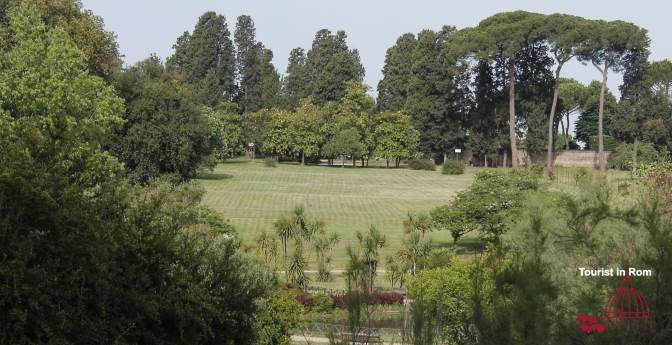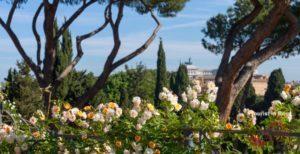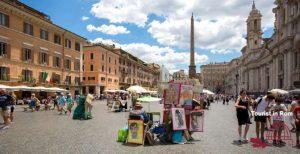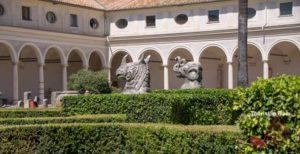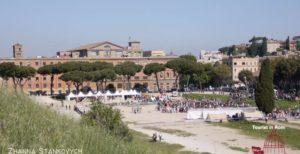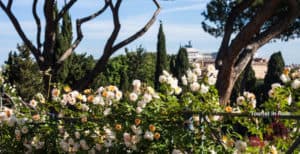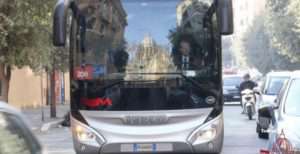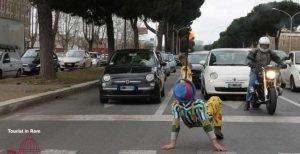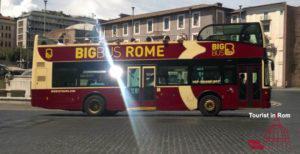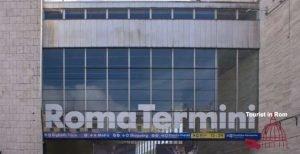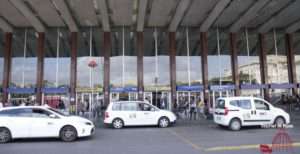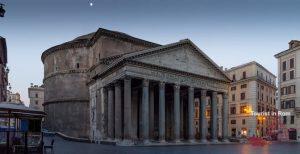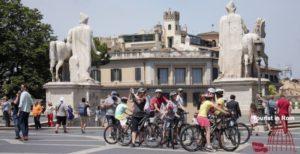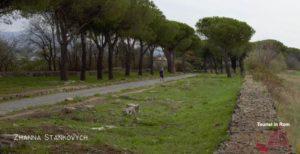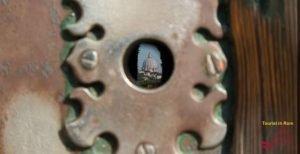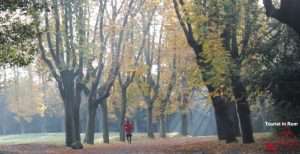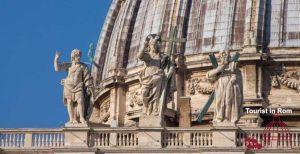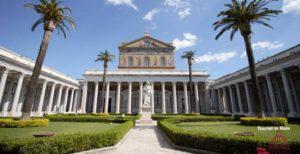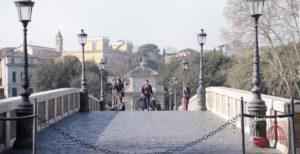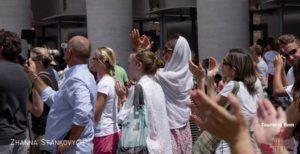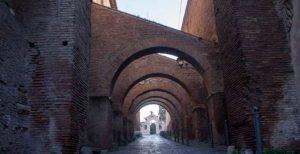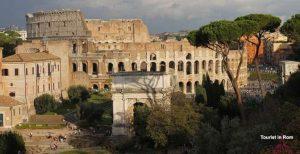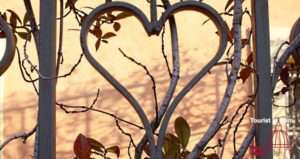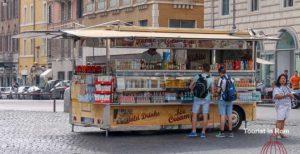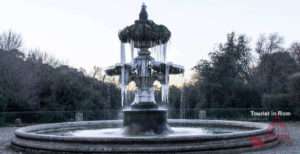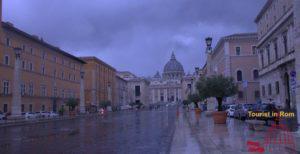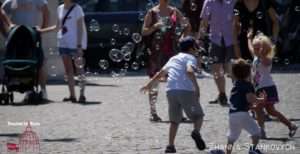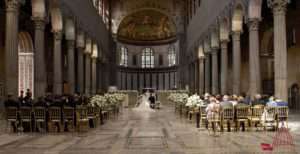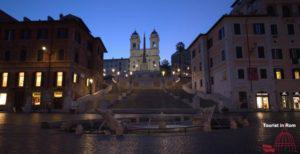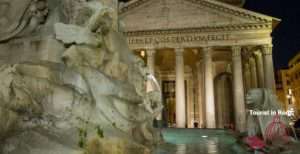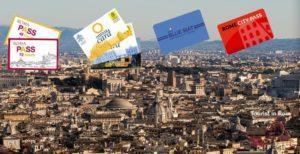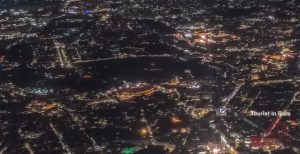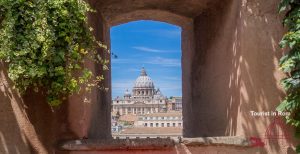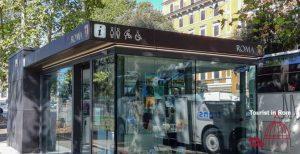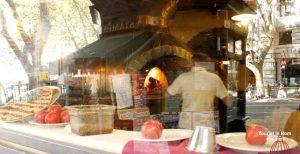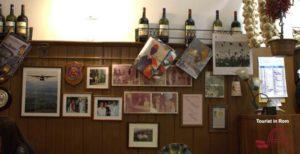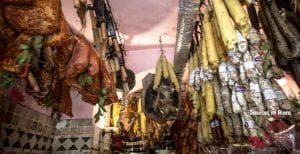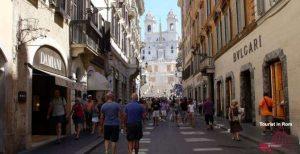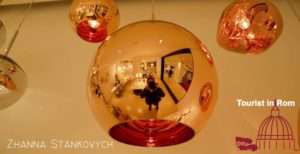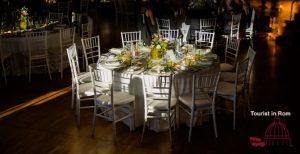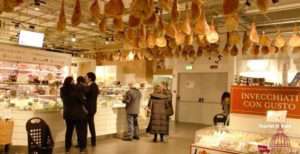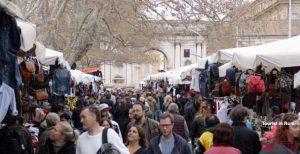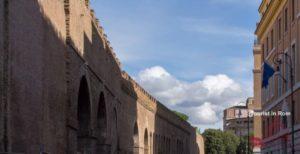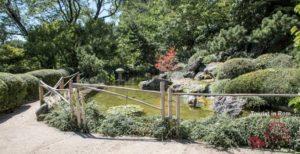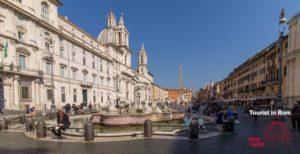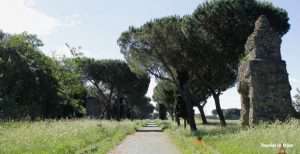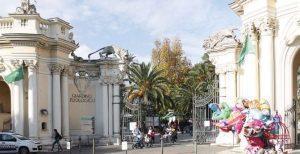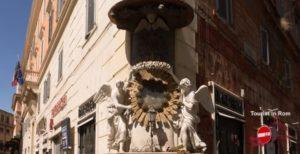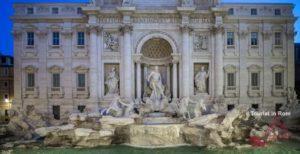Since ancient times parks and villas have existed in Rome and that is why Rome is a particularly green city. Noble families flaunted the size and beauty of their villas and parks.
The largest park in Rome is the Via Appia Antica Regional Park. It can be assumed that parks have existed there for 2,000 years.
Partner-Links helfen uns dabei, unsere Informationen kostenlos bereitzustellen. Für abgeschlossene Buchungen erhalten wir eine Provision – ohne Mehrkosten für Sie! Mehr
Partner links help us to provide our information free of charge. For completed bookings we receive a commission – at no extra cost to you! More
I link dei partner ci aiutano a fornire gratuitamente le nostre informazioni. Riceviamo una commissione per le prenotazioni completate, senza alcun costo aggiuntivo per voi! Di più
Today, only a few villas remain. Large areas have been urbanized. The largest villa is Villa Pamphili in northwest Rome. It is the destination of walkers, joggers and of Sunday excursions.
The most famous is Villa Borghese, located outside the city walls above Piazzale Flaminio. It houses the world-renowned Borghese Gallery, a theater, an open-air cinema, a horse racing arena, a lake and a children’s playhouse. On its edge is the Roman zoo.
These are the most beautiful parks and villas in Rome:
Pincio Park
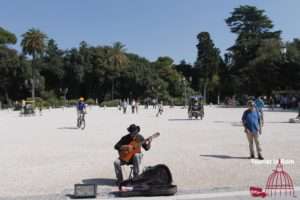
Above Piazza del Popolo rises the Pincio. In the 1st century BC Sallust built here the Horti Sallustiani, which extended along the city walls to the present Via Nomentana. Later vineyards were planted here.
It is thanks to Napoleon that a public park was created here. He occupied Rome with his troops from 1808 to 1814 and demanded the creation of a public park for the inhabitants of Rome. A few years later, under the direction of the architect Valadier, the present ensemble of Piazza del Popolo and Terrace of the Pincio, as well as the public park, were built.
France is still present on the Pincio today. The church Trinità dei Monti above the Spanish Steps was commissioned by King Louis XII in 1482. The Spanish Steps were financed with the legacy of a French diplomat and inaugurated in 1725. 250 meters away is Villa Medici with the French Academy in Rome.
The terrace of the Pincio is a magnificent viewpoint over the city of Rome. For the feast of the city’s patron saints Peter and Paul on June 29, a large fireworks display is set up here.
In the park of the Pincio you will find a water-powered clock. It was invented by Father Giovan Battista Embriaco in 1867. The park was designed by an architect from Switzerland, Joachim Ersoch.
There is also a puppet theater. Performances are on Saturday at 16:30 and Sunday at 11:30.
Villa Borghese
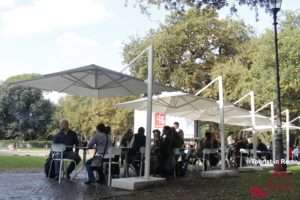
The Villa Borghese Park is the most famous park in Rome. After the villa was purchased by the Italian state in 1901, it became open to the public from 1902. The villa has an area of 80 hectares with nine entrances.
From the Pincio you can reach Villa Borghese directly via a pedestrian bridge. Entrances to the villa can be found at Piazzale Flaminio and at Porta Pinciana, opposite Via Vittorio Veneto. On the other side of the villa is the Bioparco, designed by Hagenbeck.
In the park there is a lake and a horse racing arena, an open-air cinema, a theater and several museums. The most famous is the Borghese Gallery with its ornately decorated halls and rich art collection. Visits to the gallery must be reserved in advance. Tickets
The Gianicolo
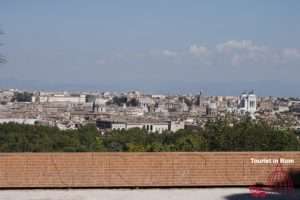
The hill of the Gianicolo rises above the Trastevere district with a maximum height of 88 meters. It is one of the most beautiful viewpoints in Rome.
On the Gianicolo Garibaldi succeeded in 1849 to defend the Roman Republic against the French troops who wanted to restore the Papal State. The statues on the Gianicolo show this story and its exponents.
At the Salita del Gianicolo you will see a lighthouse donated to the city of Rome by Italians emigrated to Argentina. Next to it is the Villa Lante, a 16th century townhouse. In it is the Institutum Romanum Finlandiae. Next to the villa is a small park with the wall of the Roman Constitution from 1849.
Across the street, an equestrian statue shows the wife of Garibaldi, with a child on her arms. Anita Garibaldi was a Brazilian freedom fighter and was married since 1842 with Garibaldi. She had four children with him and she was with her husband despite pregnancy in the fighting in 1849. She died of malaria in the same year near Ravenna. As you can see on the monument, she was a good and battle-tested rider.

Further up the Gianicolo is an equestrian statue of Garibaldi with scenes from the fight for freedom.
Nothing to do with the fight for freedom has the cannon, which is right below the terrace. Since 1847 Pope Pius IX has requested a shot every day at noon to coordinate the noonday bells of the churches.
For the children there is a puppet theater and a carousel in the park. Performances of the theater are held on Friday and Saturday afternoons from 5 pm, once enough spectators have gathered, and on Sunday 10:30 am – 12 noon.
Two hundred and fifty meters further, at the beginning of Via Aurelia Antica, there is an entrance to the largest villa in Rome, Villa Doria Pamphili.
Villa Pamphili
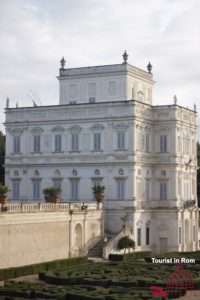
The Villa Pamphili is the largest villa park in Rome and an oasis of tranquility on working days. The park starts at the Gianicolo Hill with the via Aurelia Antica out of town sinistral. It is open all year during the day. You can find more entrances on via Leone XIII (bus lines 31, 33, 791, 982) and on via di Donna Olimpia.
The villa is very versatile. There are hills and valleys and two small lakes. The mansion building in the central part, the Casino del Bel Respiro, is used by the government for institutional purposes. There you will find statues, fountains, artificial caves and a theater.
On the Via Leone XIII, the Vivi Bistrot offers an interesting gastronomic offer.
The villa is closed at night.
Visit our photo gallery of Villa Pamphili in Spring, Summer and Winter:
Our photo gallery of Villa Pamphili
Villa Sciarra
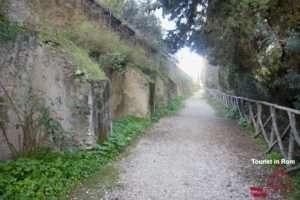
The Villa Sciarra is a small park on the janiculum Hill, within the city walls. At the edge of the villa you will find a walk along the walls of the Gianicolo (Mura Gianicolensi).
Villa Torlonia
Villa Torlonia is a smaller park on Via Nomentana. It is designed as a typical Italian garden with some characteristic buildings where exhibitions are held. The owl house, the Casina delle Civette, is particularly picturesque. Unfortunately, the maintenance of the grounds is mediocre and many areas are closed off.
Villa Ada
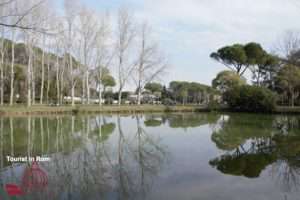
Villa Ada is the second largest villa park in Rome and is located on Via Salaria. This park has a large plant and animal stock as well as a riding school.
The air in the villa is fresh and rich in oxygen. If you compare the climate in this villa with, for example, the climate in the Appia Antica Regional Park, you realize very well that there are different climates in Rome. In Villa Ada it is cooler and the trees are more Nordic.
Villa Celimontana
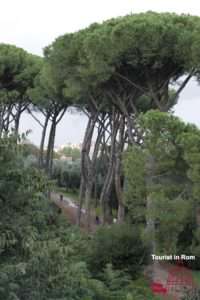
For a nice walk, the area around the Colosseum is suitable. In the archaeological area it is very nice on the Palatine.
There is also a small park on the Oppius Hill. In the underground of Colle Oppio there is the villa of Emperor Nero, the Domus Aurea tickets. At the end of the park, a square bears the name of Martin Luther.
Opposite rises the Celio. On top of the hill is Villa Celimontana, which is unfortunately quite neglected. It is mostly known for the jazz concerts that take place here in the summer. But the hill overall is very charming with its mix of ancient relics, churches and the villa. For more information, see our article on a walk on Oppius and Caelius.
The Park of Appia Antica
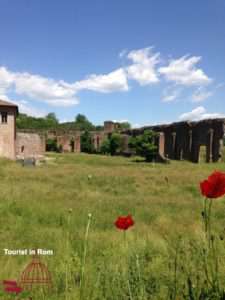
The Appia Antica Regional Park is the largest park in Rome. The Appia Antica – the queen of streets – is well suited for long walks and trips by bike. Along the road rich Romans built tombs and mausoleums.
Those who had less money had to be satisfied with a tomb in a catacomb and in the Regional Park there are some. Three large complexes can be visited. Read about the catacombs on the Appia Antica.
Of course, the area around the tombs was particularly well cared for. Thus, the first gardens and parks were created here already about 2,000 years ago.
Bus services are the line 118 from Piazza Venezia and the line 218 from San Giovanni. Many details can be found in our information about the Regional Park of the Appia Antica.
The Park of the Aqueducts
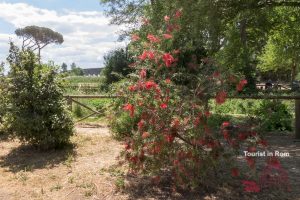
From a purely legal point of view, the Park of the Aqueducts belongs to the Appia Antica Regional Park. However, while on the Appia Antica are mainly villas and tombs, this park is crossed by a series of ancient aqueducts. The park of the aqueducts is located in the southwest between Via Appia Nuova and Via Tuscolana. Nearby metro stations on line A are Subaugusta and Giulio Agricola. Here you can walk along the ruins of the aqueducts and get fresh air and sun.
